Looking at Europe
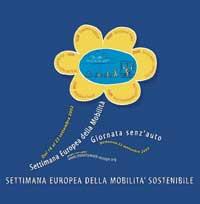
Every year, since 1996, the most sustainable city or village in Europe has been awarded. This award is the result of a campaign approved in Aalborg in 1994, which was launched with the aim of promoting Agenda 21 and promoting sustainability. It is distributed among the municipalities that have launched the Agenda and this year three cities have been awarded: Heidelberg (Germany), Ferrara (Italy) and Oslo (Norway).
The truth is that throughout Europe there are many towns and cities that have signed Agenda 21. They have committed to sustainability, at least they have signed it. But not everyone has started designing the sustainability plan. Moreover, very few have implemented the plan designed. Some of them are awarded the prize to the most sustainable city or village in Europe and each has designed a plan adapted to their city:
In Heidelberg, for example, a great effort has been made to achieve stable channels of dialogue with citizens. They have held courses, meetings and workshops with more than a hundred entities that have participated in the creation of the city's Transport Development Plan. Since the implementation of Agenda 21 in 2002, some changes have already been achieved: the reduction of industrial waste has been 72% and the reduction of household waste 42%. In addition, a plan has been designed to reduce energy consumption by 30% and has begun to encourage the use of cleaner electrical productions.
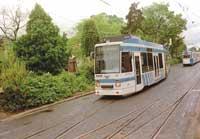
Ferrara has also made a great effort to design a good transport plan. Underlined the need to use hybrid buses with diesel and electricity, especially to encourage bicycle use. In addition, sustainable development being the responsibility of all citizens, they have met repeatedly with the private sector of industry, with which they have created associations that will work on the implementation of the agenda. For use in the evaluation process of the development of the Plan, Ferraran has demanded a great responsibility with the environment and has imposed taxes.
Oslo is a totally different city. It is surrounded by forests, hills and fjords. Two thirds of the land surrounding the city are protected forests, parks and lakes. These lands house 30% of Norway's plant and animal species and have had to develop a special plan to protect urban biodiversity. For example, eight rivers cross the city and are making a special effort not to pollute them. In fact, hydroelectric stations are widely used and the use of these non-polluting generation methods is appreciated at a low level of urban gas emissions. Another significant fact is that currently 35% of public transport is rail and electric.
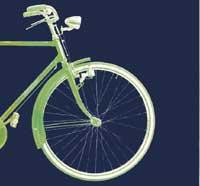
There are other interesting examples. In Hannover, for example, numerous actions are underway to promote social equality. They want to make a special effort to reduce the poverty level, creating new jobs and ensuring that the entire population has a bed to sleep. In the same sense, it has echoed the demographic dynamics, trying to solve the overcrowded neighborhoods.
Programmes to improve human health are also being developed in Hannover. They have a clear objective: that citizens do not understand health as something that is achieved through surgical interventions. They wanted to highlight the need to prevent diseases, for example, reducing urban pollution. They wanted to make them understand that they need an environment that respects human health, without pollutants that may exist in air, water, food, land and other components of ecosystems.
Local action 21
While some steps have been taken since Agenda 21 was agreed in 1992 and the Local Agendas were developed, the Agenda has a clear challenge in its second decade: to carry out the strategies and plans that have been developed during these years.
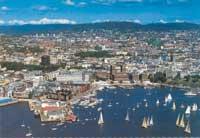
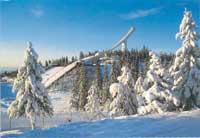
For this reason, last year the United Nations Summit on Sustainable Development was held in Johannesburg, South Africa, where the motto of the second decade of Agenda 21 was agreed: Local Action 21. Each city will promote the implementation of the plan it has developed as soon as possible, as the Agenda risks remaining empty.
It is precisely this month that his general assembly will take place in Athens. “Local Action 21: ICLEI has named “Implementation of Sustainable Development by Local Governments”.
The Conference will analyze practical examples of sustainability projects to exchange experiences and analyze the mechanisms to be articulated for the continuous implementation of action plans. But other ideas will also work. For example, the problem that is rarely mentioned: how general agendas affect local agendas and what role local actions should play in the country's general policies.
Outside Europe
While at that first meeting in Rio de Janeiro, he pledged to support poor countries, political instability, scarcity of technological resources and the large migration of the rural world to cities have hindered the development of the Agenda. In many of them, the economy is based on the export of natural resources, which also makes sustainable development difficult. However, there are interesting examples.
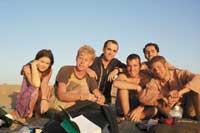
The Sierra Gorda project was launched in the Mexican state of Queretaro. It has promoted and organized thousands of small activities. Improving sanitation networks and education have been some of the goals and more than twenty-three thousand people have participated in the actions. They have collaborated with both labor and money, obtaining sufficient economic capacity to carry out the projects.
But the priorities of Agenda 21 are different according to countries. If in the poorest countries social welfare and the economy are the most disadvantaged areas, in the richest countries the environment is the same. In Australia, for example, overtourism, intensive agriculture, deforestation and desertification are the most serious problems. And the Australian Bureau of Statistics has developed a special strategy to address these problems without economic losses, calculating the natural advantages and the concrete economic value of forests, land and subsoil. The estimate has been based on its short-term and long-term utility, but discarding environmental values that do not provide money.
Josep Bou: “Moving from strategy to action is now the priority”
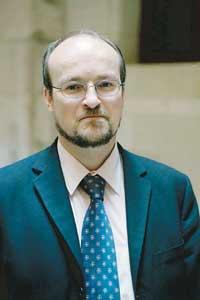
In what situation is Agenda 21 in Catalonia?
Between 1992 and 1997 the conceptual bases are established and the most relevant sectoral policy plans are developed. As of 1998, the Catalan Strategy for Sustainable Development has been designed and defined, starting now with strategic implementation. Agenda 21 itself has thus become a global strategy of the Government of Catalonia and in this line of sustainable development we have set 10 main objectives: good governance, cohesion and social identity, economy and quality of life, production and consumption, resource management, territory planning, mobility of goods and people, fight against climate change, biodiversity conservation and cooperation and solidarity. We want to take root in the culture of sustainability in our country and it has seemed fundamental to us the economic development, the well-being of the people and the care of the environment.
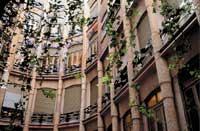
Ours is a special model, as we have worked on two complementary levels of action: A performance at the municipal level through the Local Agenda and another more general and broader through the Agenda 21 of Catalonia. In this sense, one of the biggest limitations we have encountered in sustainable development is our scarce representation as a country in international organizations. We have had to address this because we believe that regional governments play a fundamental role in this issue and should be able to act at the same level as States and Municipalities in international forums. For this reason, together with Euskal Herria and other countries, we have promoted the creation of an international network of regions for sustainability.
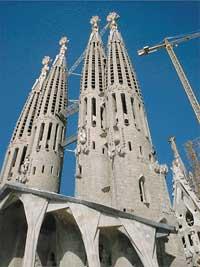
Citizen participation is fundamental in this process. Has dependence on this participation become a problem in practice?
No, it doesn't have to be a problem. Moreover, we believe that this participation is necessary both in defining and developing the strategic framework. It is therefore necessary to strengthen participation. All agents should be given the opportunity to participate.
Based on your experience, is the Agenda 21 model still valid?
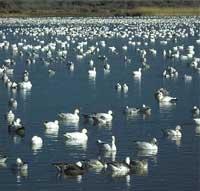
However, moving from strategy to action should be an absolute priority from now on. To do this, programs such as Acción 21 have been created.
Buletina
Bidali zure helbide elektronikoa eta jaso asteroko buletina zure sarrera-ontzian











